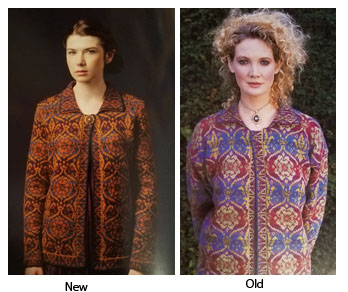Review: Persuading Miss Mary by Leenie Brown
Posted in Review on December 31st, 2019Persuading Miss Mary by Leenie Brown. Leenie B. Books (November 28, 2010). ISBN: B081XBGKGW.
Persuading Miss Mary by Leenie Brown is the fourth book in the Marrying Elizabeth series. So, if you haven’t read the preceding books you may need to know that Jane is married to Bingley, Elizabeth is married to Darcy, and Lydia is privately engaged to Col. Richard Fitzwilliam (by privately engaged—the families know but not outsiders). Mary and Lydia Bennet are staying with Lord and Lady Matlock in London while Kitty Bennet is a guest of Georgiana Darcy and is staying in Darcy’s London home.
Mary Bennet met Reginald Arthur Fitzwilliam, Viscount Westonbury (Wes to his friends), when he visited Netherfield to check on the health of his brother, Col. Fitwilliam. When Wes saw Lydia, he asked offered her money for a kiss which Mary immediately connected to the drunk man who requested a kiss outside the brothel in London which Elizabeth and Lydia had approached to ask for help when abandoned at night, alone and lost. Mary, of course, took an immediate dislike of him believing him to be immoral, irresponsible, and a rogue.
Wes, on the other hand, had always been able to win every woman of his acquaintance into liking him as he was Lord Matlock’s heir, rich, handsome, and charming. He found Mary Bennet fascinating and a challenge. It wasn’t long before he wanted to be her friend and if he could earn her respect and prove worthy maybe even her hand.
As Wes makes an effort to change to become a better man and earn Mary’s regard. He also learns that being an heir to a title and land is not just a matter of birth but also comes with a great deal of responsibility—something he’d never really thought about. Mary on the other hand begins to question her fierce devotion to rules and regulations. Lydia and Kitty seem to do well with their more carefree attitude to rules so maybe she should rethink how she behaves and acts.
There’s a lot more going on in the story with side issues involving friends and relations. But it is a clean, charming story of two people coming to understand themselves and each other better. One of the key things they learn is to communicate with each other rather than assuming they know what the other thinks, believes, or feels. Which I feel is key to any relationship and seems to be echoed in all these books.
You may start with this book and move back to the beginning as we wait for the final volume. There is enough information that if you are familiar with the base characters, you won’t be too confused with these plot variations. However, I advise treating yourself with the entire series and start with book one, Confounding Caroline.







